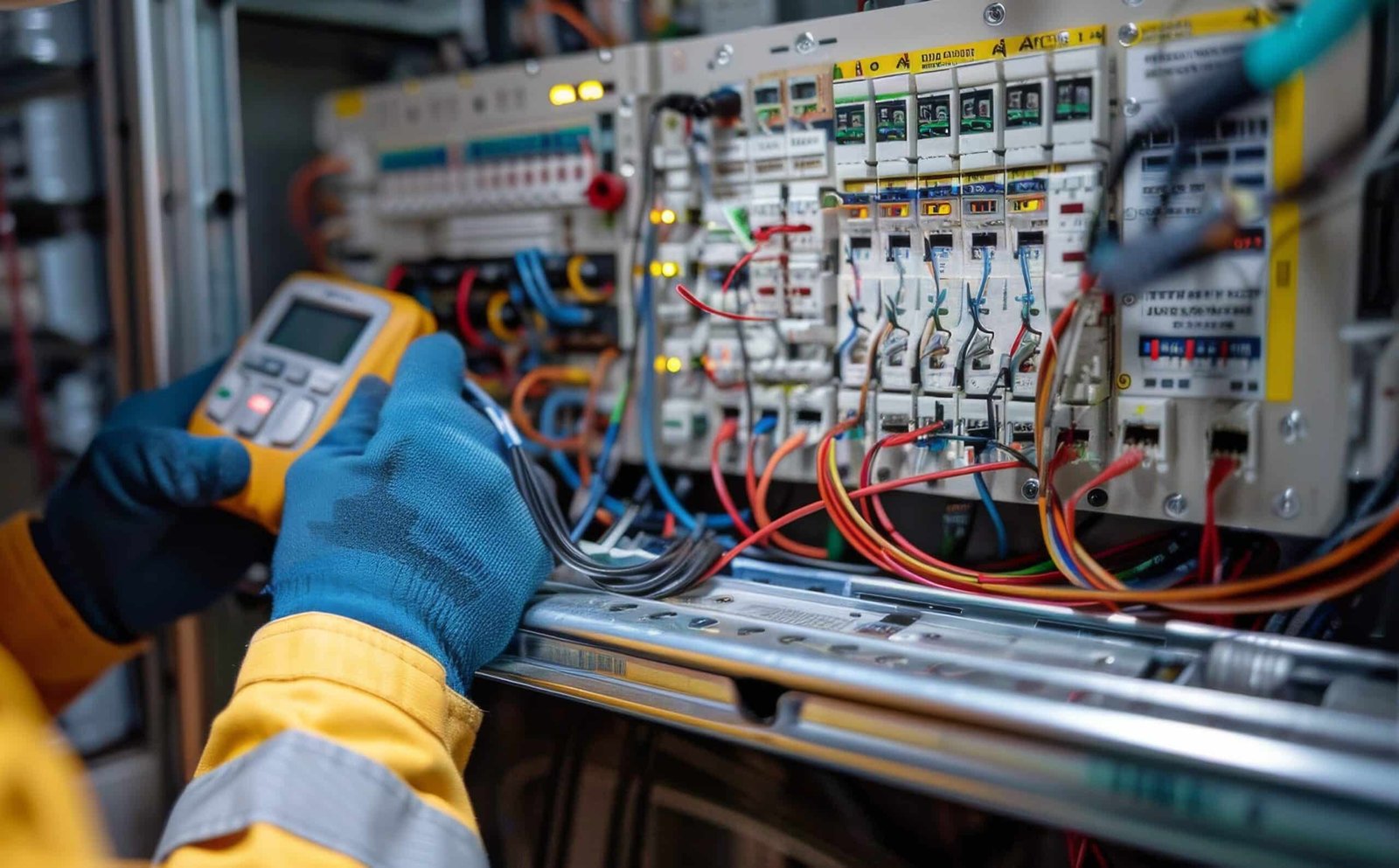When I was preparing for my home’s electrical inspection, I realized how important it is to pay attention to even the smallest details. Electrical inspections can feel overwhelming, but being prepared can make a huge difference. As someone who has gone through the process, I want to share the common electrical issues you should fix before your home inspection to make it as smooth and stress-free as possible.
Faulty or Outdated Wiring
One of the first things I checked in my home was the condition of the wiring. Old or damaged wiring is not just a red flag for inspectors; it’s a major safety hazard. If your home is older and still has aluminum or knob-and-tube wiring, it’s definitely time for an upgrade. Even newer homes can have issues if wires have been damaged over time. I hired professionals to inspect hidden areas like basements and attics to ensure everything was up to modern standards.
Missing or Broken GFCI Outlets
Another issue I noticed in my home was the absence of Ground Fault Circuit Interrupter (GFCI) outlets in areas with moisture like bathrooms, kitchens, and garages. Inspectors pay special attention to GFCI outlets because they help prevent electrical shocks. Replacing old outlets with GFCI-protected ones is a small job that can make a big impact during the inspection.
Overloaded Electrical Panels
When I took a closer look at my electrical panel, I realized it had too many circuits crammed into a small space. An overloaded panel is a common issue and one that inspectors will definitely flag. Upgrading to a larger panel or redistributing the circuits properly made my setup much safer and inspection-ready. If your panel looks overcrowded or you experience frequent tripping, it’s worth consulting an expert.
Improperly Wired Switches and Outlets
During my own walk-through, I found a few switches and outlets that weren’t wired correctly. Some had reversed polarity, while others were loose or unstable. These problems are not just minor inconveniences; they pose real safety risks. Tightening loose outlets and ensuring correct wiring helped me avoid unnecessary delays during the inspection.
Exposed Electrical Splices
While checking around my attic and garage, I found a few places where wire splices were exposed without being housed in a proper junction box. Exposed splices are a serious violation of electrical codes and must be corrected before inspection. I made sure all splices were safely enclosed and secured to meet the inspector’s expectations.
Absence of Smoke and Carbon Monoxide Detectors
One thing I nearly overlooked was the lack of working smoke and carbon monoxide detectors. Inspectors require these devices to be present and functioning properly in key areas like bedrooms and hallways. Installing new detectors or replacing old ones with updated models gave me peace of mind and ensured my home was compliant.
Low Voltage Systems Not Properly Installed
In my experience, many homeowners forget about their low voltage systems, like security cameras, internet cabling, and doorbells. Even though these operate at a lower voltage, improper installation can cause issues during an inspection. I made sure my low voltage setups were neat, secure, and up to code. If you are looking for expert advice or installation, I highly recommend checking out Low Current System
Ungrounded Outlets
Ungrounded outlets are another common problem, especially in older homes. Initially, I didn’t realize the risk they posed, but inspectors always check for a proper ground. Replacing old two-prong outlets with three-prong grounded outlets added an extra layer of safety to my home and satisfied the inspection requirements.
Lighting Issues
I made it a point to check every light fixture in my home. Loose fixtures, flickering bulbs, or improper wattage can all raise red flags during an inspection. Replacing faulty bulbs, tightening fixtures, and making sure everything was properly installed helped me present my home in the best possible light, quite literally.
Neglected Exterior Electrical Components
Finally, I didn’t overlook the outdoor areas. Damaged exterior outlets, loose light fixtures, and exposed wires around the garden or patio can negatively affect your inspection results. I checked all outdoor electrical components, installed weatherproof covers where needed, and made sure everything was safely secured.
Preparing for a home electrical inspection can seem like a big task, but tackling these common issues beforehand makes a world of difference. I personally relied on trusted professionals like Top Electrical Solution Company in Rajasthan to guide me through the process. Their expertise ensured that my home was not only inspection-ready but also safer for my family. Addressing these electrical concerns early on not only helps you pass your inspection but also adds value and security to your home for years to come.




